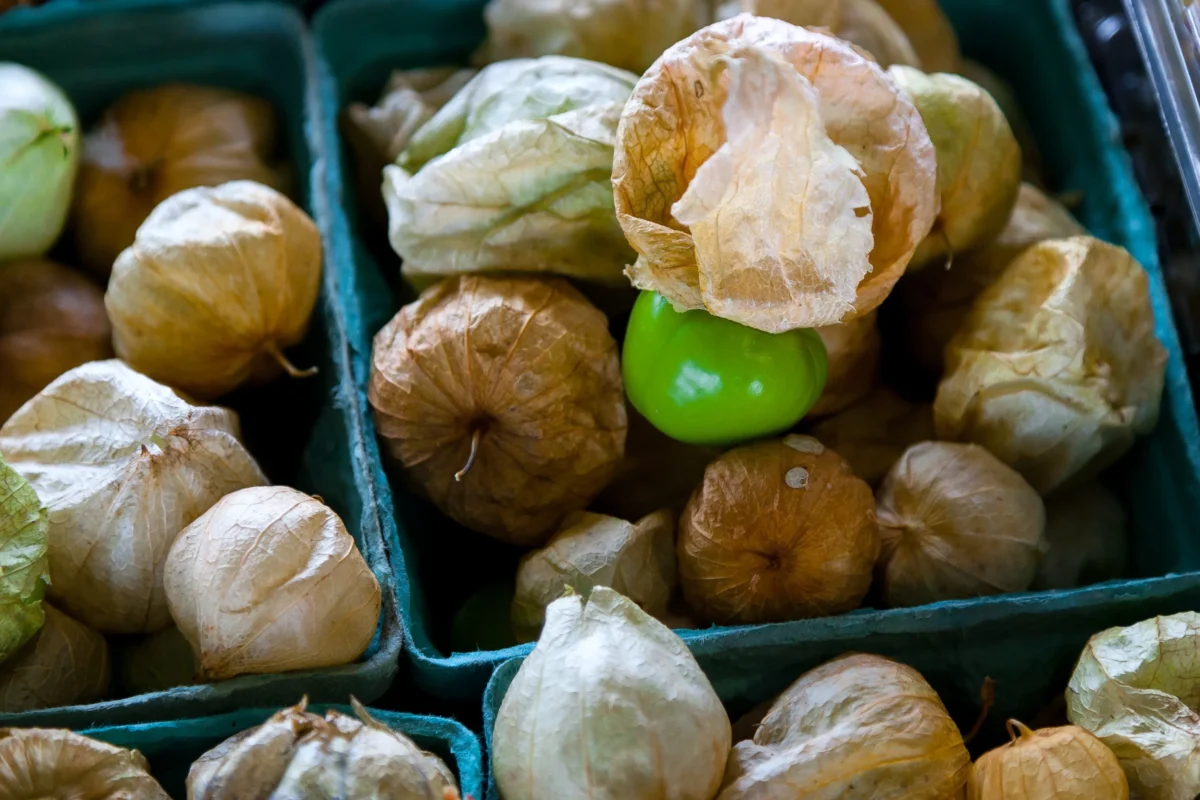Ever wondered why that touch-up paint looks lighter on your walls? You carefully matched the color, but it still stands out like a sore thumb. Don’t worry, you’re not alone. This common issue can be frustrating, but understanding the reasons behind it can help you achieve a seamless finish.
Several factors can cause touch-up paint to appear lighter. From the age of your original paint to the way light hits your walls, even the method of application plays a role. Let’s dive into these factors so you can tackle your next touch-up project with confidence.
Understanding Paint Touch-Up Challenges
Why Touch-Up Paint Often Appears Lighter
Touch-up paint often looks lighter due to differences in drying times and paint batches. Your original wall paint has aged and possibly yellowed, creating a contrast. Light exposure can also change the wall’s color over time, causing new paint to stand out.

- Paint Age – Older paint yellows and darkens as it ages, making new paint look lighter.
- Application Method – Brush strokes differ from roller marks, causing uneven textures and sheen.
- Lighting Conditions – Variations in natural and artificial light can change paint perception.
- Paint Batch – Different batches may contain slight color discrepancies, even if it’s the same color code.
- Surface Preparation – Improperly prepped surfaces can affect paint bonding and color appearance.
- Paint Finish – Glossy finishes reflect light differently than matte ones, altering color perception.
Understanding these factors ensures better planning and execution in your touch-up projects.
The Role of Paint Application Techniques
Improper techniques can cause touch-up paint to look lighter. Use consistent methods to avoid noticeable differences.
Impact of Brush and Roller Types
Different tools affect finish. Brushes leave visible strokes, especially on large areas. Rollers provide smooth coats but require proper nap. Use same tool as original application for best match. For example, if you initially used a roller, continue with a roller to touch up.
The Role of Paint Layer Thickness
Layer thickness changes appearance. Thicker coats look darker. Thinner coats appear lighter. Match original thickness. Apply multiple thin layers if needed until desired coverage is achieved.
External Influences on Paint Perception
Certain external factors can affect how your touch-up paint looks compared to the existing color.
Lighting Conditions and Their Effects
Different lighting can change paint appearance. Natural light varies throughout the day, altering color perception. Artificial light bulbs also play a role. Warm bulbs can make paint look yellowish, while cool bulbs can give a bluish tint. Assess touch-up areas under consistent lighting.
Room Environment and Paint Color Shifts
Room temperature and humidity impact paint drying. Higher humidity slows drying, causing color shifts. If your room gets lots of direct sunlight, UV rays can fade paint, making touch-up results look lighter. Ensure ambient conditions are controlled for optimal results.
How to Achieve Better Touch-Up Results
Touching up paint can be tricky. Following these steps helps ensure better results.
Choosing the Right Paint and Tools
Use the same paint for touch-ups as the original. Ensure paint is from the same batch if possible. Use high-quality brushes or rollers. Match the tool used in the original application.
Expert Tips for Seamless Touch-Ups
Clean the area thoroughly before touch-ups. Avoid painting in extreme temperatures or humidity. Apply multiple thin layers for uniform coverage. Lightly feather the edges to blend with the surrounding paint. Adjust lighting to see the true color during application.
Conclusion
Touching up paint can be tricky, but understanding the factors at play helps you achieve a seamless finish. Remember to use the same paint and tools as the original job, and pay attention to lighting and environmental conditions. Cleaning the area and applying multiple thin layers can make a big difference. By following these tips and being mindful of your technique, you’ll get those touch-ups looking just right. Happy painting!









